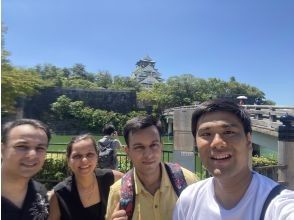Learn Zen in a class of making Matcha tea & writing brushes OsakaCastl
- Beginners welcome - First try
- Empty-hands OK
- Solo participant
- Operate rain or shine
- Children welcome
- Indoor
- Photo gifts
-
Possible number of bookings1~10
-
Participating age6Age ~ 75 Age
-
Duration1~2 hours
-Tea CeremonyZen is alive and well in traditional Japanese culture, and by learning the tea ceremony, you will learn etiquette, manners, beautiful gestures, and the spirit of hospitality. who will be treated with hospitality.- You will be asked to serve tea to the guests with an awareness of the mindset and manners of the tea master.-CalligraphyZen exists as a visual trace. “hane,” and “harai” will be taught.-Choose a Japanese kanji of your choice and practice writing it according to the stroke order.-With what you have learned so far in mind, write your chosen kanji on the calligraphy paper.
-Tea CeremonyZen is alive and well in traditional Japanese culture, and by learning the tea ceremony, you will learn etiquette, manners, beautiful gestures, and the spirit of hospitality. You can feel the spirit of hospitality, wabi and sabi, and other beautiful mindfulness.A culture that combines several arts such as tea room decoration, tea utensils, and Japanese sweets.Provides time to get away from daily life and face oneself in silence
Learn about attitudes and tools, and practice how to hold a brush and use tools.The students will learn basic brush strokes such as "tome", "hane", and "harai".Choose a Japanese kanji of your choice and practice following the stroke order.~There is an aesthetic sense of tranquility, and it is important to keep your quiet mind and focused when writing characters!We will also write on a fan, which was created in Japan.
Zen is the search for the truth of one's own existence.In this ZEN plan, you will concentrate on observing the beauty of the wagashi form, eat the wagashi in the tea ceremony in a state of "wabi," and under the influence of a full stomach, complete the calligraphy with a mindless brush stroke.
Select your preferred day
- Immediate booking OK!
- Reception closed
- Not accepted
- Request booking
About fees
Basic fee
Optional fee
※The list price includes tax.
※The above price is a basic fee.
※Fees may vary depending on schedule, please check the fee displayed after selecting the date.
| Included in price | |
|---|---|
| Not included in price |
| Payment methods |
|
|---|---|
| Display of the Specified Commercial Transactions Act | Display of the Specified Commercial Transactions Act |
| Reservation cancellation fee generation date | Cancellation fee will be charged from 1 days before the event date. |
| About cancellation | Cancellations and changes must be notified by e-mail at least 24 hours in advance. |
| About event termination | The event will be held even in rain or typhoon. |
Detailed information of this plan
| Required minimum number of participants | 1 Person(s) |
|---|---|
| Possible number of bookings | 1~10 |
| Operating period | All-year-round |
| Assembly time | Please arrive 30 minutes before your appointment time to change into kimono and prepare for your appointment. |
| Booking deadline | until 23:59 2 days before |
| Changing room | Toilet | ||
|---|---|---|---|
| Shower | Parking | ||
| Locker |
| Dress code - Must bring items | You will change from casual clothes to Iaidogi (Hakama), so you can wear whatever you want. |
|---|---|
| About rental items | (FREE) Dressing of guests when dressingWhen you wear hakama or armor for a sword fight, you will sweat and get sweaty easily, so please wear the following clothing.① His upper body is a long-sleeved undershirt. I ask you to put on a samue.② The lower part of the body is an easy to move samue.③ We have tabi socks for your feet.④ Swim caps are available for the head.Assistant staff will do things like wearing hakama and armor. You can't wear it alone |
| Matters require attention | 【About Reservations】① Please note that reservations may not be accepted depending on availability of the Bushido experience.② To make a reservation, please use the reservation form on our website at least one day before the scheduled date of use. For same-day applications, please contact us directly by phone. (Reservations can be made on the day if there is room.) |
|---|---|
| Other notifications | ③ Multiple guests will experience the program at the same time, but we accept reservations from one person. (Up to five people at the same time. * Consult if there are more than 6 people.)④ If you decide to cancel your reservation, be sure to let us know at least one day in advance.⑤ On the day, please arrive 10 minutes before your appointment time. If it's going to be late, please be sure to let me know. Please note that we may not be able to accept your reservation if more than 30 minutes have passed since your appointment, regardless of whether of you have been contacted. [About smartphone photography] ① When taking personal photographs with smartphones, etc., please take selfies or avoid showing other customers. ,Is possible. ②Please refrain from standing or taking videos as this may cause inconvenience to other customers. |
Plan attractions
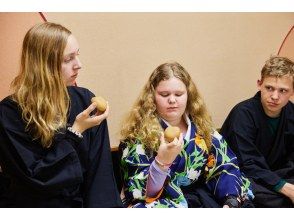
Japanese souvenirs that remind you of Japanese culture Wagashi is a type of confectionery that allows you to enjoy a lot of blank space. First, enjoy it visually, then imagine and weave a story from the inscription, and then enter the world of the sense of taste. Wagashi is not something that you can just take a bite of the moment it is served to you. They are confections for adults with plenty of blank space.
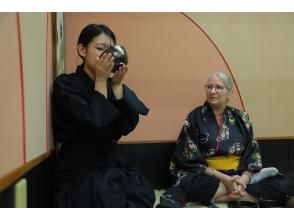
Zen" is alive and well in the tea ceremony, and Zen can also be felt There are various rules for how to serve tea (tatemae), how to sit, how to bow, how to stand, and how to walk, etc. These manners are taught in this class.
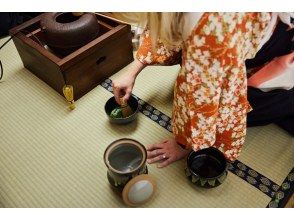
The foundation of the tea ceremony begins and ends with rei - AttitudeThe owner not only provides hospitality, but also the guests respond to the hospitality, creating a place where the host and the guests become one.Zen" is alive and well in traditional Japanese culture.Zen" is alive and well in traditional Japanese culture, and by studying the tea ceremony, one can learn etiquette, manners, beautiful gestures, and the spirit of hospitality.
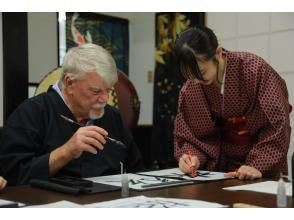
Hospitality and guidance from a master calligrapher for each student. Even beginners can learn how to use the brush by practicing repeatedly.It is important to note, however, that it is important to understand the technique used, rather than just practicing in the dark. Practice will be more effective after you understand the technique.

Please observe and learn from the teacher's demonstration by example. Calligraphy is a traditional Japanese culture that uses brush and ink to express characters artistically, and is appreciated for the neatness of the characters, the way the brush is carried, the shade of the ink, and the beauty of the overall arrangement.
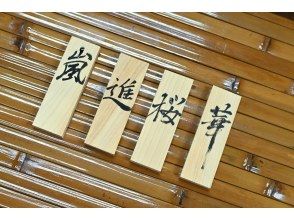
Understand the meaning and deeply appreciate the beauty of kanji. Your name is converted into Kanji characters and a calligraphy master writes a stroke on a wooden plaque.Each kanji character has its own meaning, so find out what the characters used in your name mean.
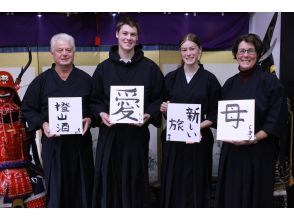
Photo shoot after the experience Why not record your work and this experience in a space with a Japanese atmosphere and make it a memory?
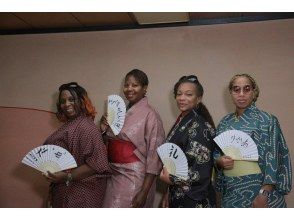
Wearing a kimono, a symbol of Japan, you will experience traditional culture Zen" is alive and well in our traditional culture of calligraphy and tea ceremony, and is imbued with the aesthetic sense of Japanese culture.By learning these arts, one can acquire the spirit of courtesy, manners, beautiful gestures, and hospitality. Before experiencing this, you will be asked to change into kimono.Men should put on Hakama and Tabi and become a Samurai.Women will wear a gorgeous kimono and become a Yamato Nadeshiko.Kimonos for children over 6 years old are also available.
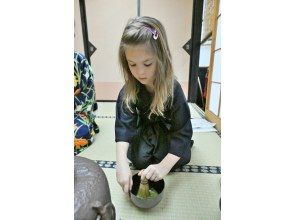
This experience plan is also a hit with children! Children can also feel a sense of Japan by wearing kimonos, and experiencing the traditional Japanese culture of the tea ceremony will bring children closer to the history of Japan.
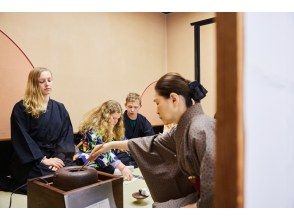
The whole family can enjoy it together. For family travelers with children, experiencing traditional culture together as a family will become a precious family memory that will last for a long time to come.
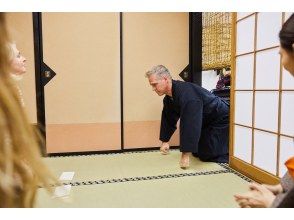
How to stand, how to stand, how to walk, Learn various rules. The etiquette of the tea ceremony is that everyone is equal, regardless of nationality, age, gender, or status, once they pass through the doorway to the tea ceremony room.The tea ceremony is conducted in the "nijiri-guchi," which is the entrance to the tea ceremony room, and is a way of life for everyone.
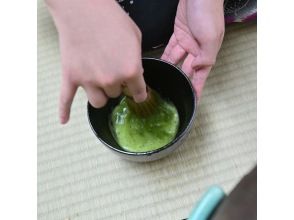
Matcha, a strong expression of Japanese culture First-timers may be surprised by the bitterness of matcha, but matcha lattes and matcha sweets are loved around the world.Matcha is the English word for matcha, and it is popular worldwide. Matcha is a traditional Japanese tea and became popular worldwide when top health-conscious models posted it on social networking sites.

Dressing and hair setting / Optional additional fee Since ancient times, children and adults alike have worn kimonos with "Nihongami" a traditional Japanese style that has been worn in Japan for centuries.There is a manner of wearing a kimono in which the wearer is not allowed to let his or her hair down.
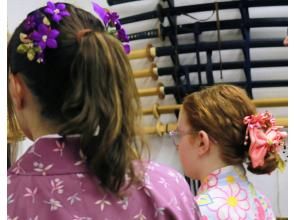
Dressing and hair setting / Optional additional fee The "wagami" hairstyle is a more elegant alternative to the Japanese hairdo, and is usually worn with a kimonoCollected hair + KanzashiKanzashi are hair ornaments used in traditional Japanese hairstyles.
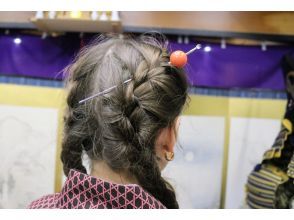
Dressing and hair setting / Optional additional fee The updo gives a sense of cleanliness and good manners, and the single, dainty kanzashi gives a sense of dignity, gentleness, and inner beauty. Yes, to create the image of a Yamato Nadeshiko.
Access - Map
SAMURAI HONORExcellence Takayama 1F, 2-3-19 Aigino Nishi, Jyoto-ku, Osaka-shi, Osaka
1.1-minute walk from Osaka Business Park Station (Exit 1) on the Osaka Municipal Subway2.Approx. 2 minutes walk from "Osaka Castle Park" Station on JR Osaka Municipal Subway L3. Approx. 10 minutes walk from West Exit of Kyobashi Station on JR
All reviews 0Results
Q&A about this plan Ask question about this plan
Activity Provider of this plan
Selling points regarding safety
Japanese swords are handled by a master with 10 years of swordsmanship experience, who will instruct you before you try out the sword.
| Insurance information | We are planning to take out sports insurance and insurance in case of injury to our customers, but we are currently preparing for the opening in February. |
|---|---|
| License and Qualifications | Iaido 4th Dan or above |
| Number of staff | 15 people |
| Number of instructors | 5 people |
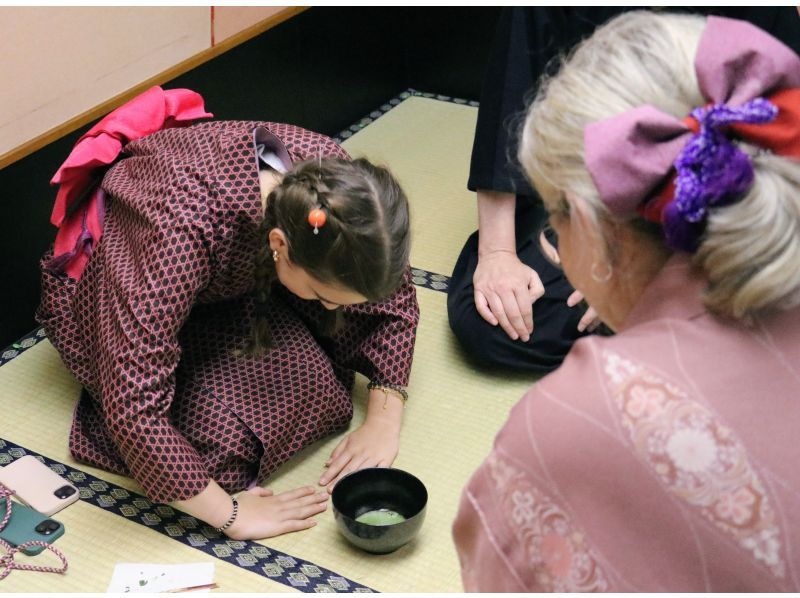
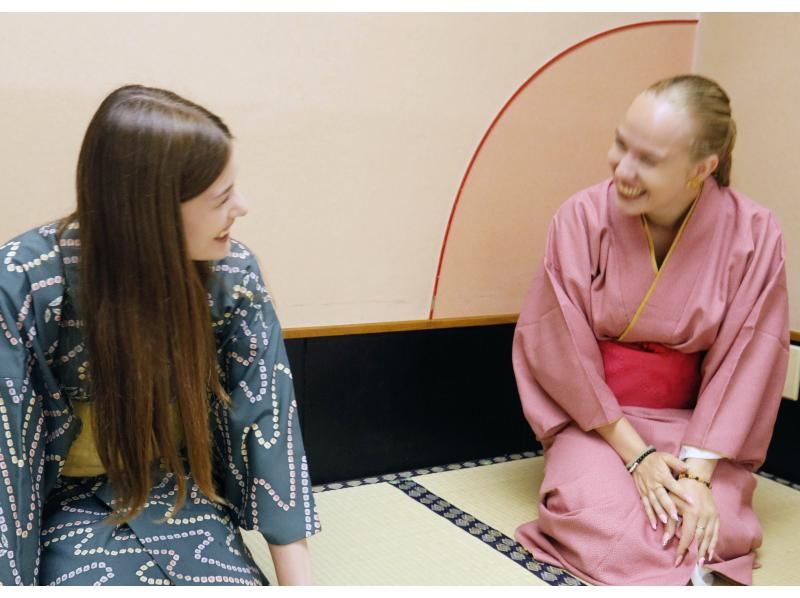
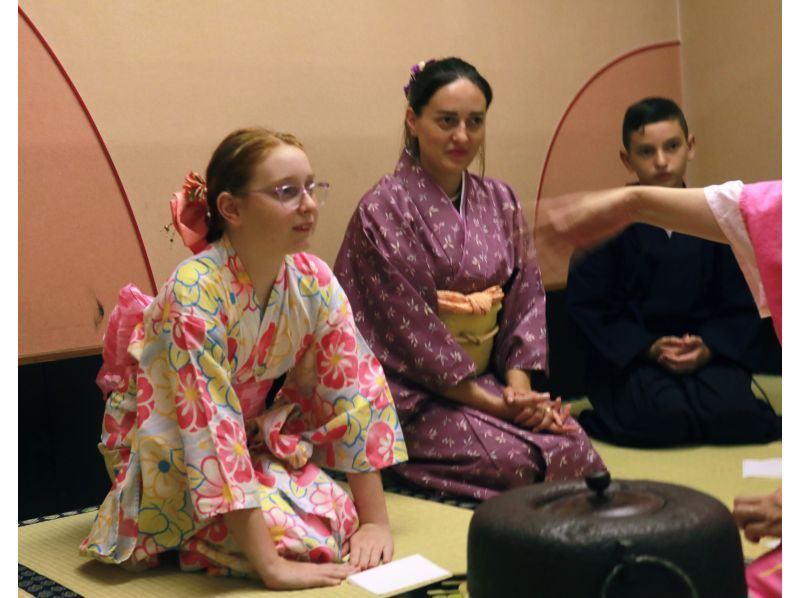
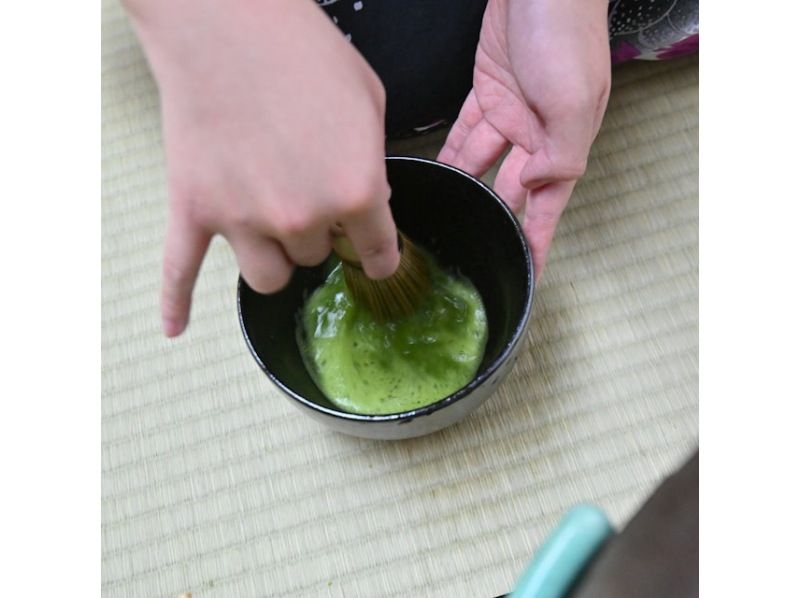
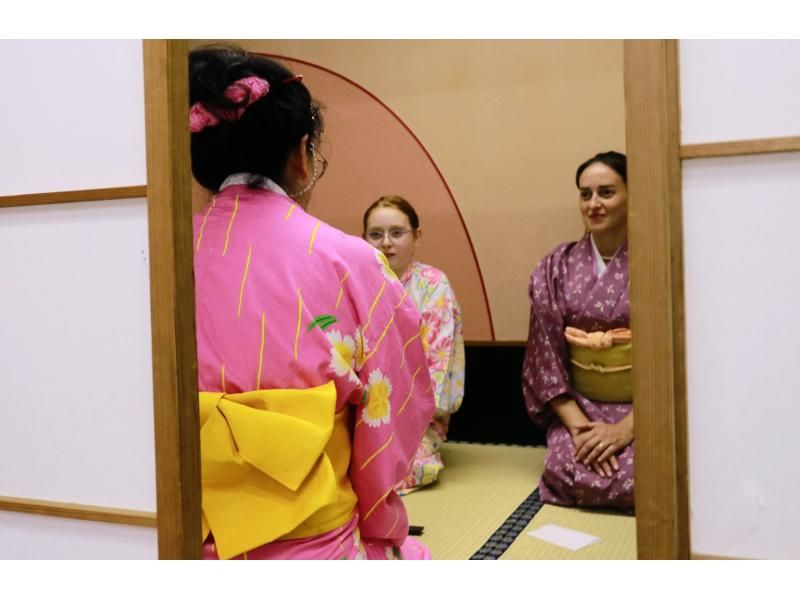
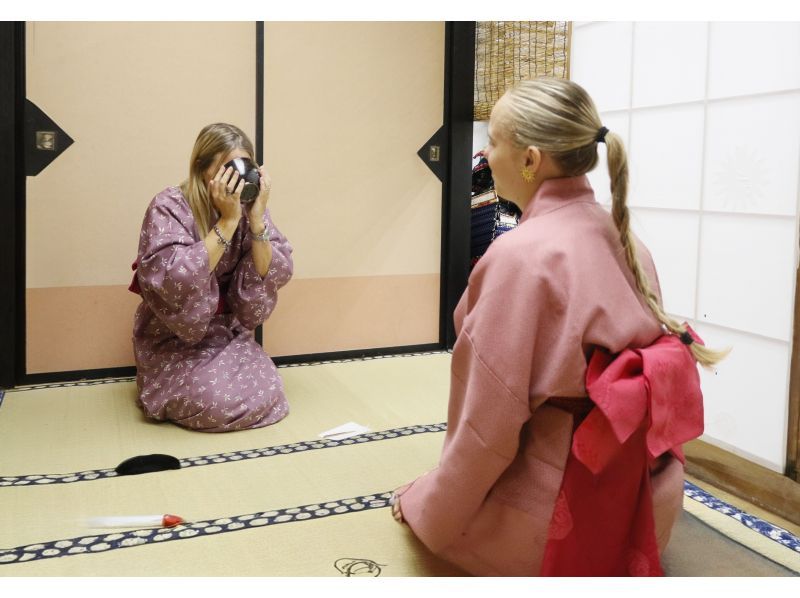
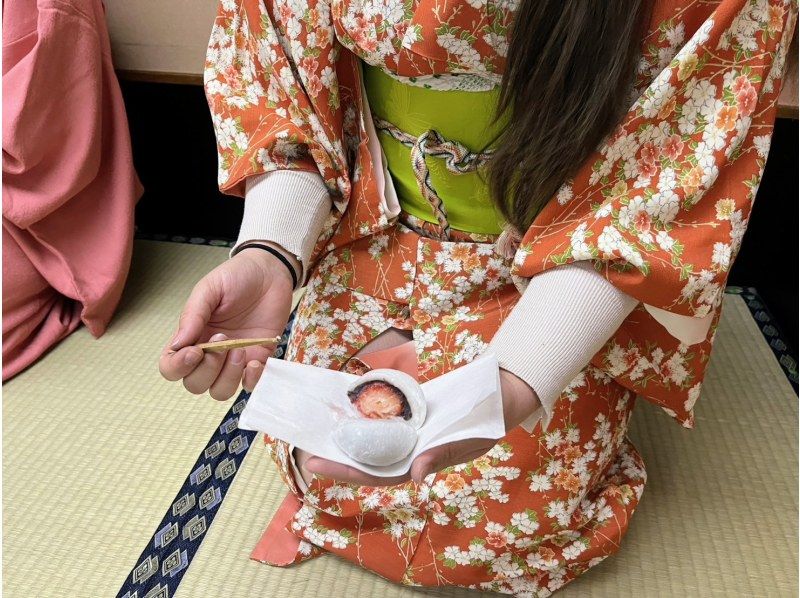
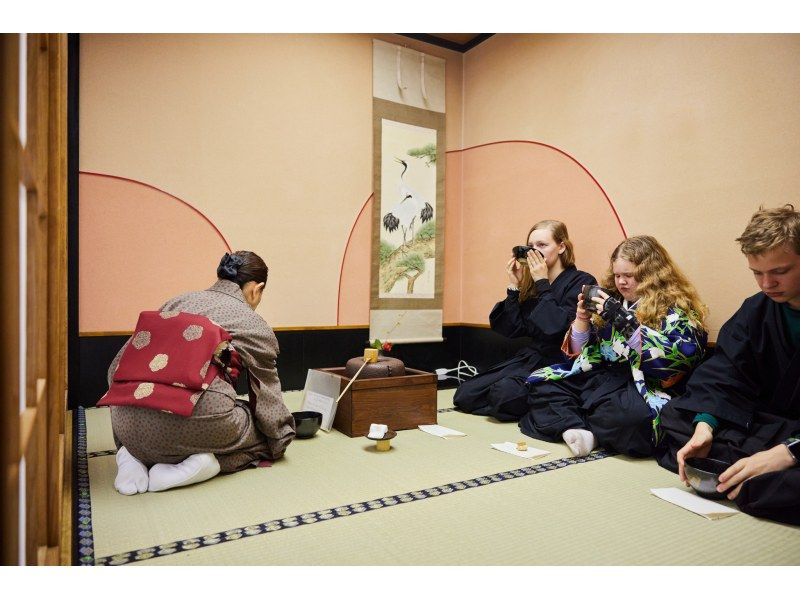
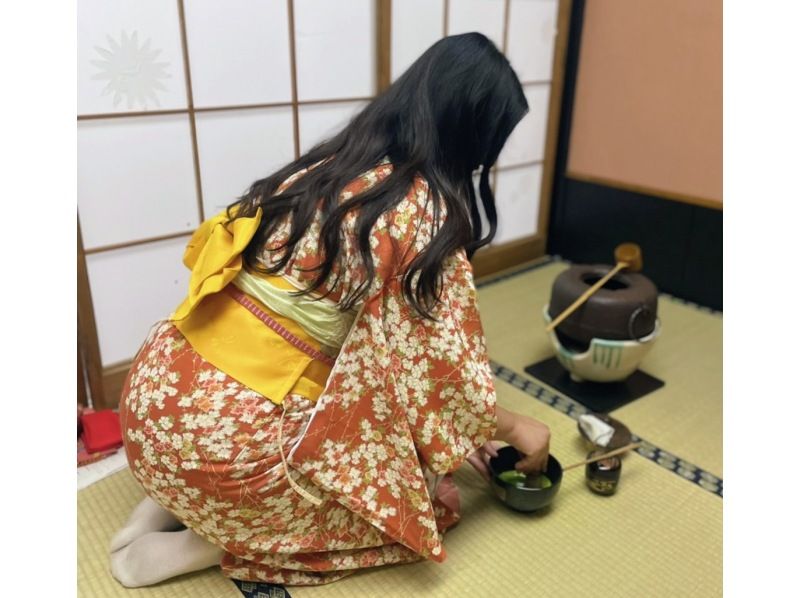

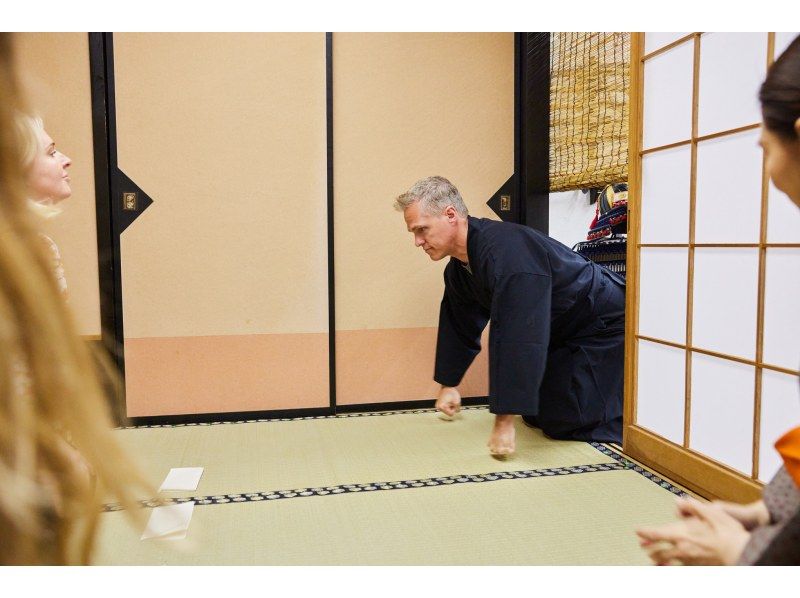
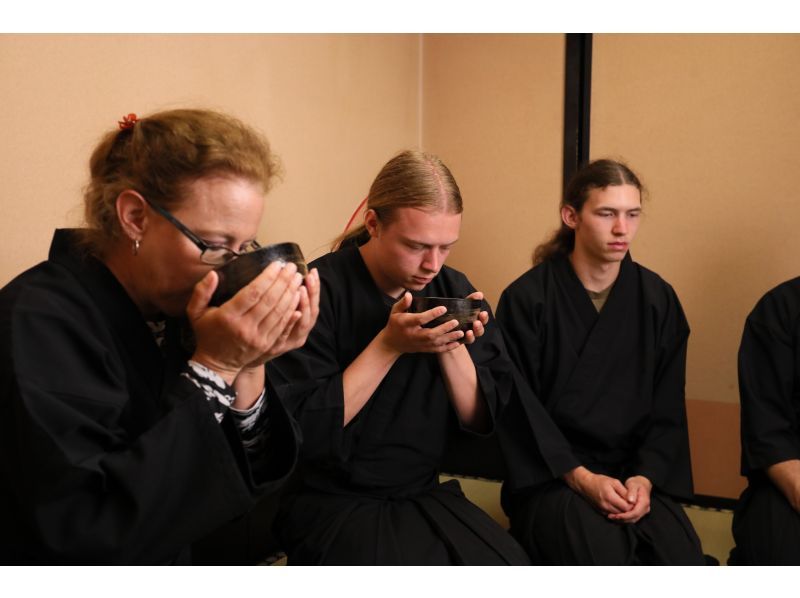
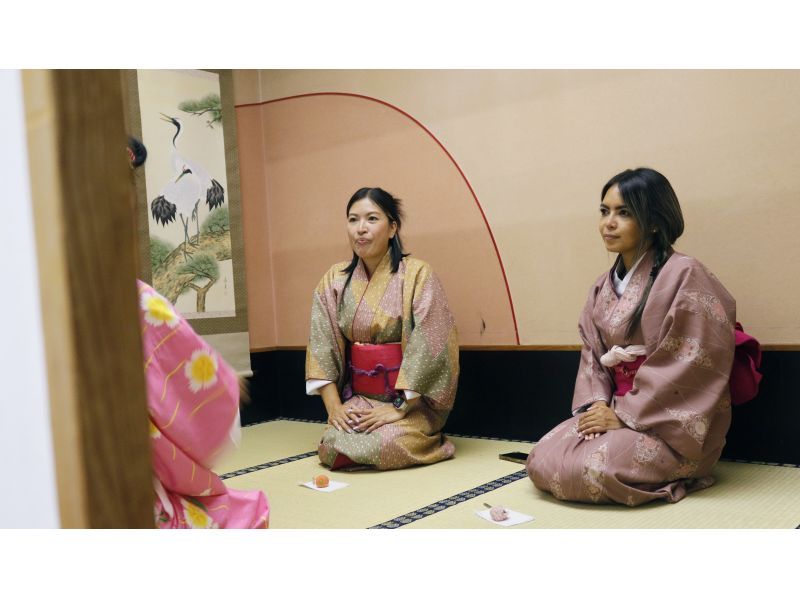
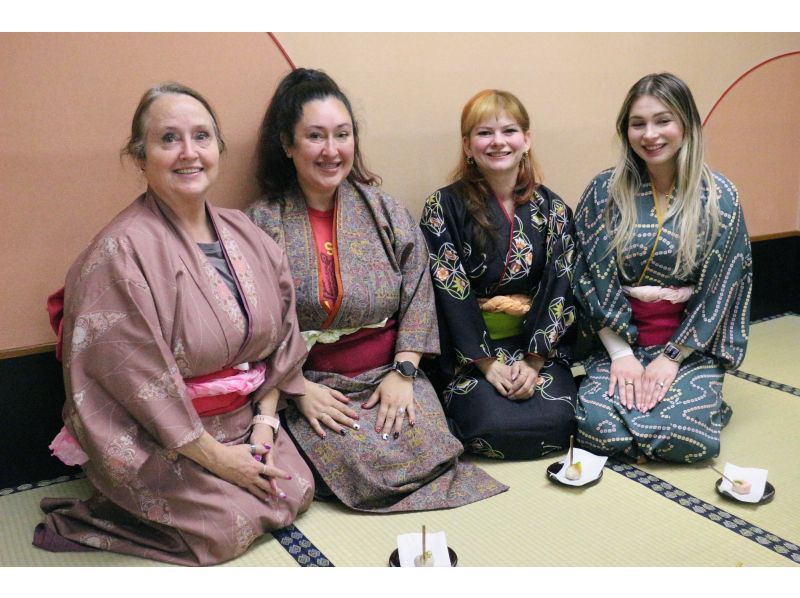
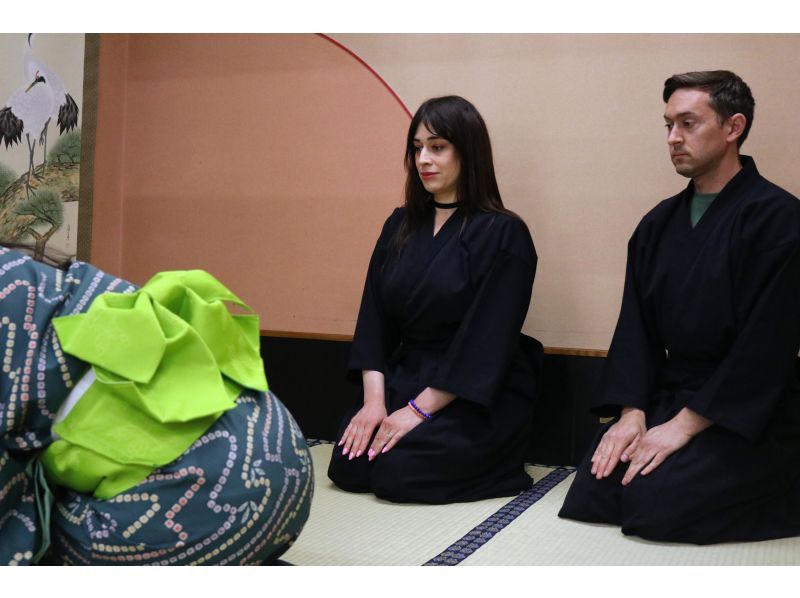
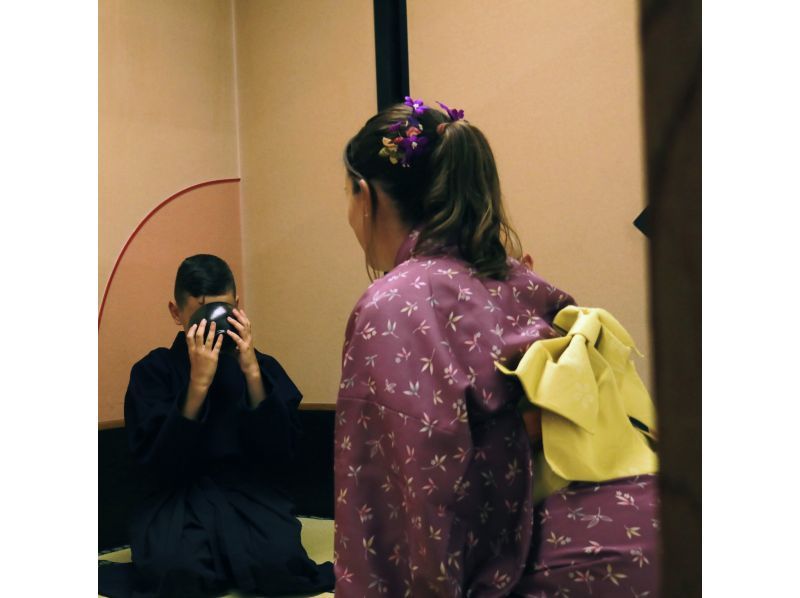
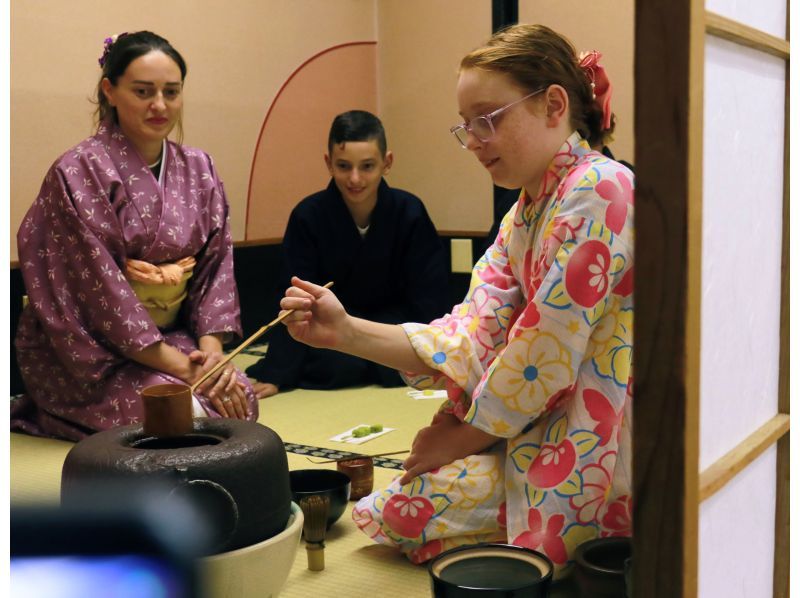

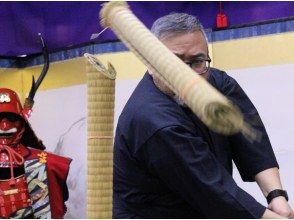
![[By Osaka Castle] Hands-on class to learn Bushido & Zen with photo](https://img.activityjapan.com/10/52543/10000005254301_2gpir8pD_2.jpg?version=1741009862)
![[By Osaka Castle] Cutting with Samurai Sword & Shooting with Armor](https://img.activityjapan.com/10/52626/10000005262601_yvTwbz4o_2.jpg?version=1741028103)
![[OsakaCastle] Hands-on class to learn Bushido/Harakiri & Zen with photo](https://img.activityjapan.com/10/52660/10000005266001_lpXgdgDW_2.jpg?version=1741684323)
![[Osaka Castle] Samurai Calligraphy Final brushstrokes of a lifetime](https://img.activityjapan.com/10/52953/10000005295301_HtGsUIL6_2.JPG?version=1756631822)
![[Night Time] Zen of Japanese Beauty Calligraphy in kimono](https://img.activityjapan.com/10/60712/10000006071201_tZ6oHRSy_2.jpg?version=1756744146)
![[By Osaka Castle] Learning Zen of Japanese Beauty Calligraphy in kimono](https://img.activityjapan.com/10/52954/10000005295401_tZ6oHRSy_2.jpg?version=1755587042)

![[Osaka/Tennoji] Osaka no Jin "Hinomoto's No. 1 Soldier" pilgrimage tour guide (Tennoji area)](https://img.activityjapan.com/10/52569/10000005256901_xEnFGyJR_2.jpg?version=1706258885)
![[Osaka/Tamatsukuri] Osaka no Jin "Hinomoto's No. 1 Soldier" pilgrimage tour guide (Tamatsukuri area)](https://img.activityjapan.com/10/52625/10000005262501_xEnFGyJR_2.jpg?version=1706264164)
![[Osaka Tamatsukuri] Children can also enjoy! Glass Cloisonne Accessory Production Experience](https://img.activityjapan.com/10/29823/10000002982301_lT7cRWSJ_2.jpg?version=1714544162)
![[Osaka] Overseas: 3-day diving license course at an authentic Maldives resort](https://img.activityjapan.com/10/61500/10000006150001_7F4Gg5bJ_2.JPG?version=1762403831)

![[Osaka, Sakuranomiya] Kayak Tour of the Water City of Osaka - Paddle-Down Dotonbori Course (4.5 hours, 15km, for experienced kayakers)](https://img.activityjapan.com/10/60933/10000006093301_J5j74MD2_2.jpeg?version=1758124922)
